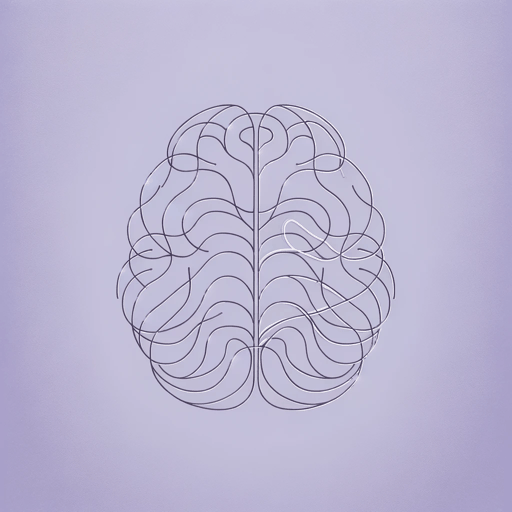47 pages • 1 hour read
Bessel van der KolkThe Body Keeps the Score: Brain, Mind, and Body in the Healing of Trauma
Nonfiction | Book | Adult | Published in 2014A modern alternative to SparkNotes and CliffsNotes, SuperSummary offers high-quality Study Guides with detailed chapter summaries and analysis of major themes, characters, and more.
Part 2Chapter Summaries & Analyses
Part 2: “This is Your Brain on Trauma”
Part 2, Chapter 4 Summary: “Running for Your Life: The Anatomy of Survival”
Van der Kolk explains more of the anatomy of the brain, and how specific areas behave normally and when involved in trauma. Key factors in preventing trauma are the ability to run away from a threatening situation and having somewhere safe to run to where the alarms can quiet down. He adds, “Being able to move and do something to protect oneself is a critical factor in determining whether or not a horrible experience will leave long-lasting scars” (55).
Van der Kolk explains the brain’s three main parts: the “reptilian” brain that handles basic functioning; the limbic system that controls emotions and allows us to navigate social networks; and the neocortex, or “rational” brain, which handles higher executive functions. He adds that the reptilian brain and limbic system together “make up what I’ll call the ‘emotional brain’” (57). Interacting with others and the environment is a constant balance between emotional and rational brains. Additionally, our brains contain “mirror neurons,” which are the source of “empathy, imitation, synchrony, and even the development of language” (58).

